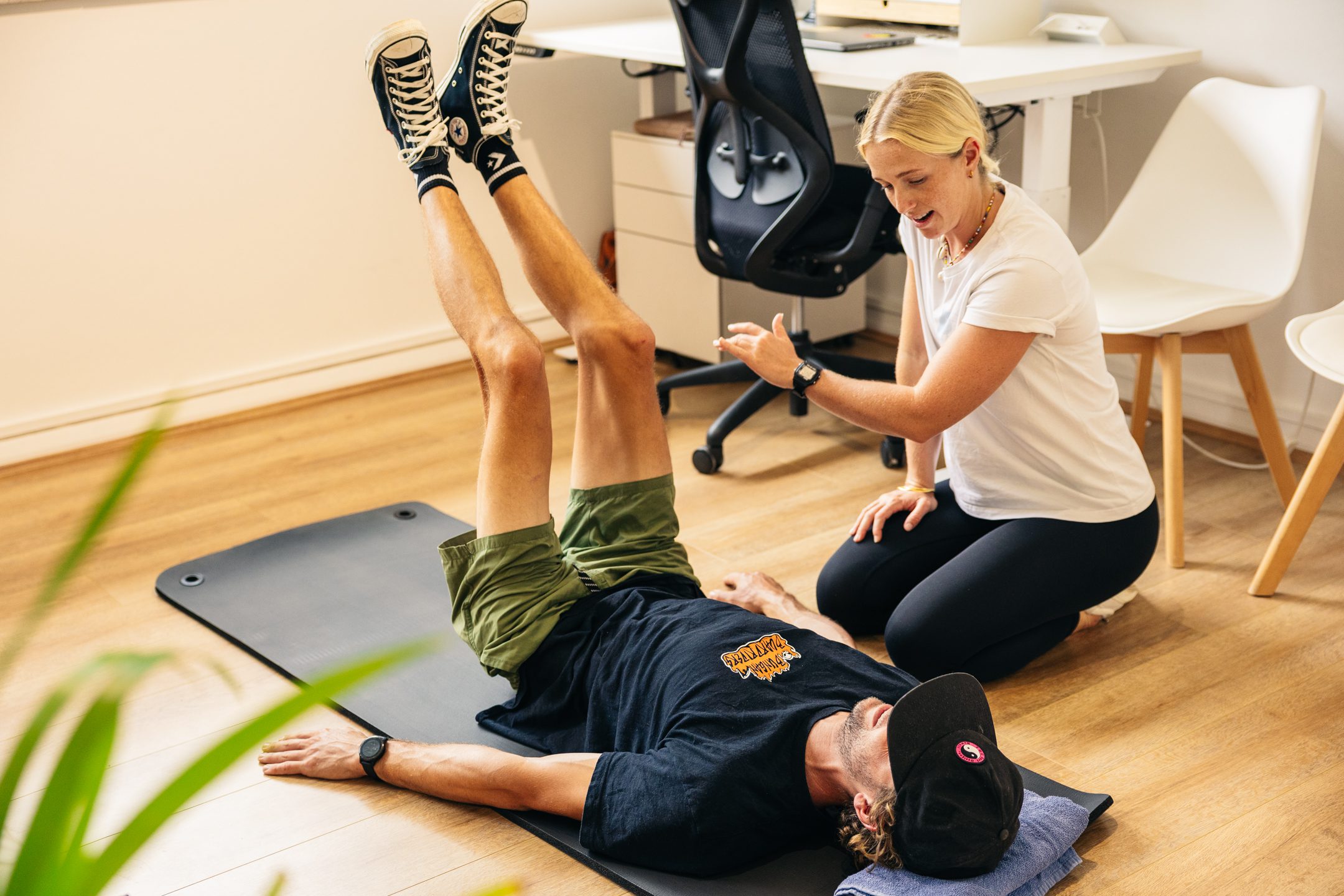Stretching is a crucial component of any exercise routine, but not all stretches are created equal. For years, static stretching was the go-to warm-up before a workout. However, recent research and evolving fitness practices have shifted the focus towards dynamic stretching as a more effective and safer way to prepare your body for physical activity. In this blog post, we’ll explore why static stretching before a workout may not be the best choice and why dynamic stretching is a superior alternative.
Static Stretching: The Old Approach
Static stretching involves holding a stretch in a fixed position for an extended period, usually around 15-30 seconds. While static stretching does have its benefits, it might not be the ideal choice for a pre-workout routine. Here’s why:
Reduced Muscle Power: Studies have shown that static stretching before a workout can temporarily reduce muscle strength and power. This is not ideal if you’re about to engage in activities that require explosive movements, such as sprinting or weightlifting.
Increased Risk of Injury: Stretching a cold muscle can lead to overstretching or straining, increasing the risk of injury. Static stretching can create a false sense of flexibility, which may lead to poor body mechanics during exercise.
Delayed Muscle Activation: Static stretching may delay the activation of the muscles you’re about to use in your workout. This can impact your performance and potentially compromise your form, leading to injury.
Dynamic Stretching: The New Standard
Dynamic stretching, on the other hand, involves active movements that take your body through a full range of motion. It’s become the preferred choice for warming up before exercise, and here’s why:
Enhanced Blood Flow: Dynamic stretching increases blood flow to your muscles, which helps raise your body temperature and prepares your cardiovascular system for the upcoming workout.
Improved Flexibility: By taking the joints and muscles through their range of motion, you still get the benefit of flexibility, without the risk of injuring during your workout.
Muscle Activation: Dynamic stretching activates the muscles you’ll be using during your workout. This primes them for action and helps you maintain proper form throughout your exercise routine.
Injury Prevention: By mimicking the movements you’ll perform during your workout, dynamic stretching helps reinforce proper mechanics and reduces the risk of injury.
Sample Dynamic Stretches
Leg Swings: Stand next to a support, like a wall, and swing one leg forward and backward in a controlled manner. Repeat for both legs.
Arm Circles: Extend your arms to the sides and make small circles, gradually increasing their size. Reverse the direction.
Hip Rotations: Stand with your feet shoulder-width apart and rotate your hips in a circular motion, clockwise and counterclockwise.
Walking Lunges: Take a step forward into a lunge, then push off your front foot and step into the next lunge. Continue for several steps.
High Knees: March in place, lifting your knees as high as possible with each step.
Incorporating dynamic stretching into your pre-workout routine is a smart choice for anyone looking to enhance their performance, reduce the risk of injury, and improve flexibility. While static stretching still has its place, it’s best reserved for post-workout cool-downs when your muscles are warm and pliable. Make the switch to dynamic stretching, and you’ll be better prepared to tackle your workouts with strength, flexibility, and confidence.
By Dr Jess Milsom (B.Chiro Sc, M.Chiropractic)







